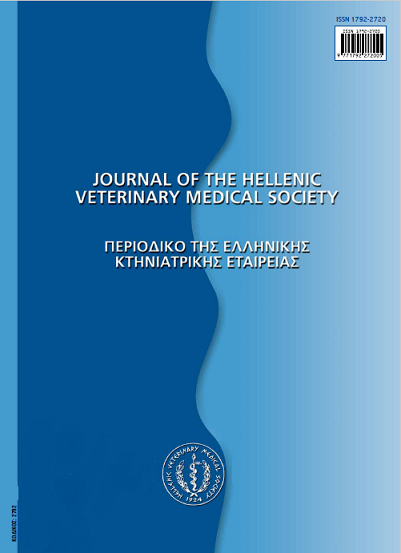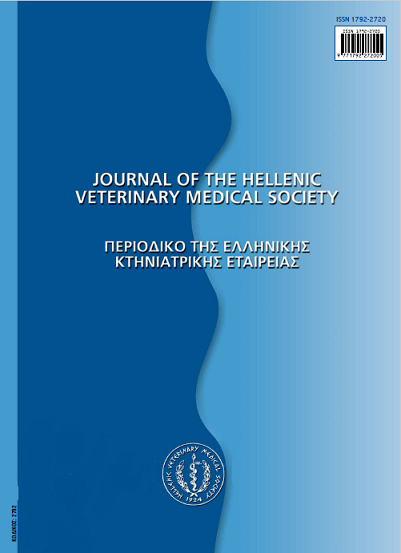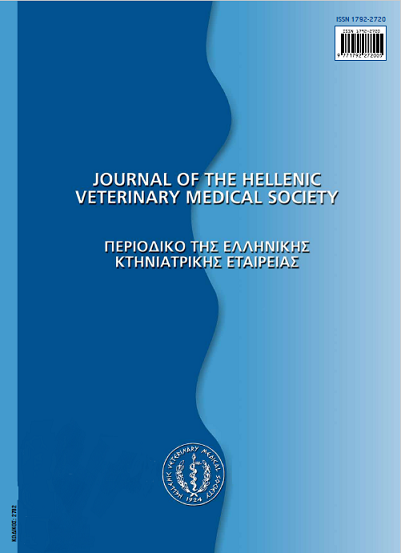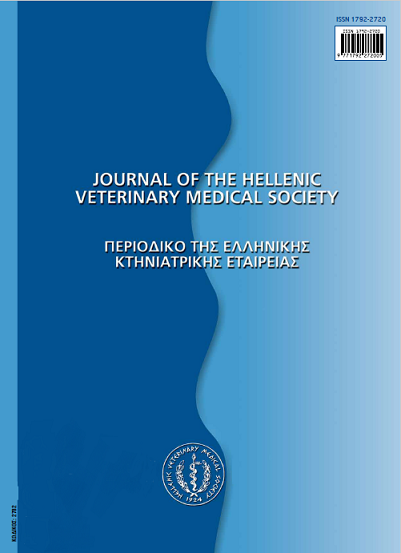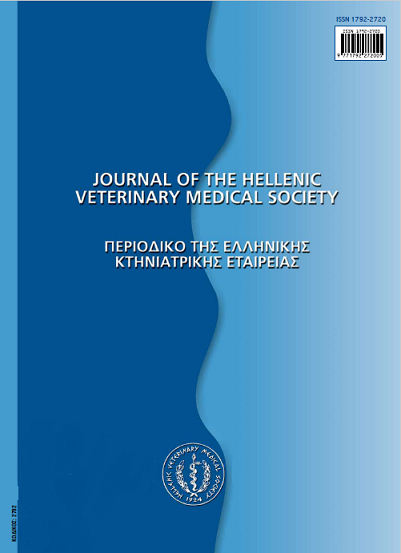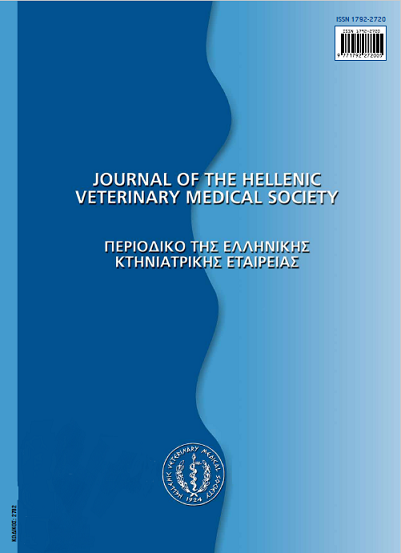Mechanical ventilation. Part I: Physiology and pathophysiology
Аннотация
Despite the fact that mechanical ventilation is an integral part of anaesthesia practice, its widespread use in veterinary medicine has yet to be established. The increasing needs and advances in animal pain management, being associated with anaesthetic protocols that can cause hypoventilation, make the use of mechanical ventilation more necessary than ever. Although mechanically ventilating the patient is not pivotal in a substantial number of surgical techniques, inability to do so precludes certain anaesthetic protocols from being used, making the choice of the drugs to be employed troubleshooting. Successful mechanical ventilation requires a thorough understanding of the physiology and pathophysiology of respiration, as well as the way mechanical ventilation affects them. Before any attempt to describe mechanical ventilation, a glossary of technical terms has to be accepted, as long as consensus between the authors has not been found in the literature. Lung elasticity, resistance to flow, inspiration time and the ratio of inspiration to expiration time interact during mechanical ventilation affecting the final result on the patient. Volutrauma, barotrauma, ventilation-perfusion mismatch and cardiac output decrease are some of the adverse effects of mechanical ventilation. The choice of whether or not to use automatic ventilators, the choice of the right equipment and setting the variables correctly on the control panel need a thorough understanding of patient pathology. This article reviews respiration under normal and pathologic conditions and the effects mechanical ventilation exerts on different organ systems. Guidelines for the application of mechanical ventilation under various pathologic conditions are provided.
Article Details
- Как цитировать
-
NIKOLAOU (Χ. ΝΙΚΟΛΑΟΥ) C., SAVVAS (Ι. ΣΑΒΒΑΣ) I., & PAPASTEFANOU (Α. ΠΑΠΑΣΤΕΦΑΝΟΥ) A. (2017). Mechanical ventilation. Part I: Physiology and pathophysiology. Journal of the Hellenic Veterinary Medical Society, 61(1), 61–75. https://doi.org/10.12681/jhvms.14878
- Выпуск
- Том 61 № 1 (2010)
- Раздел
- Review Articles
Authors who publish with this journal agree to the following terms:
· Authors retain copyright and grant the journal right of first publication with the work simultaneously licensed under a Creative Commons Attribution Non-Commercial License that allows others to share the work with an acknowledgement of the work's authorship and initial publication in this journal.
· Authors are able to enter into separate, additional contractual arrangements for the non-exclusive distribution of the journal's published version of the work (e.g. post it to an institutional repository or publish it in a book), with an acknowledgement of its initial publication in this journal.
· Authors are permitted and encouraged to post their work online (preferably in institutional repositories or on their website) prior to and during the submission process, as it can lead to productive exchanges, as well as earlier and greater citation of published work.

